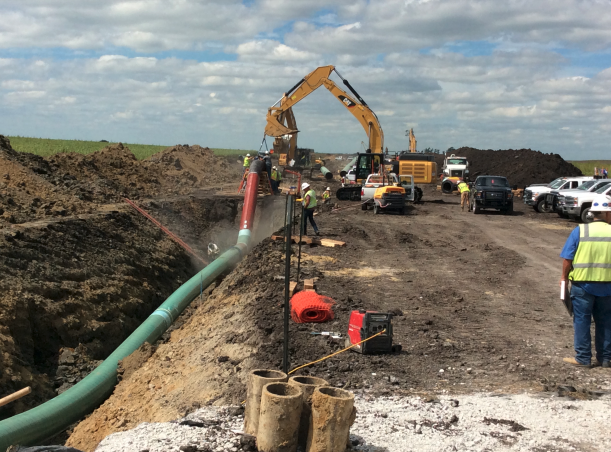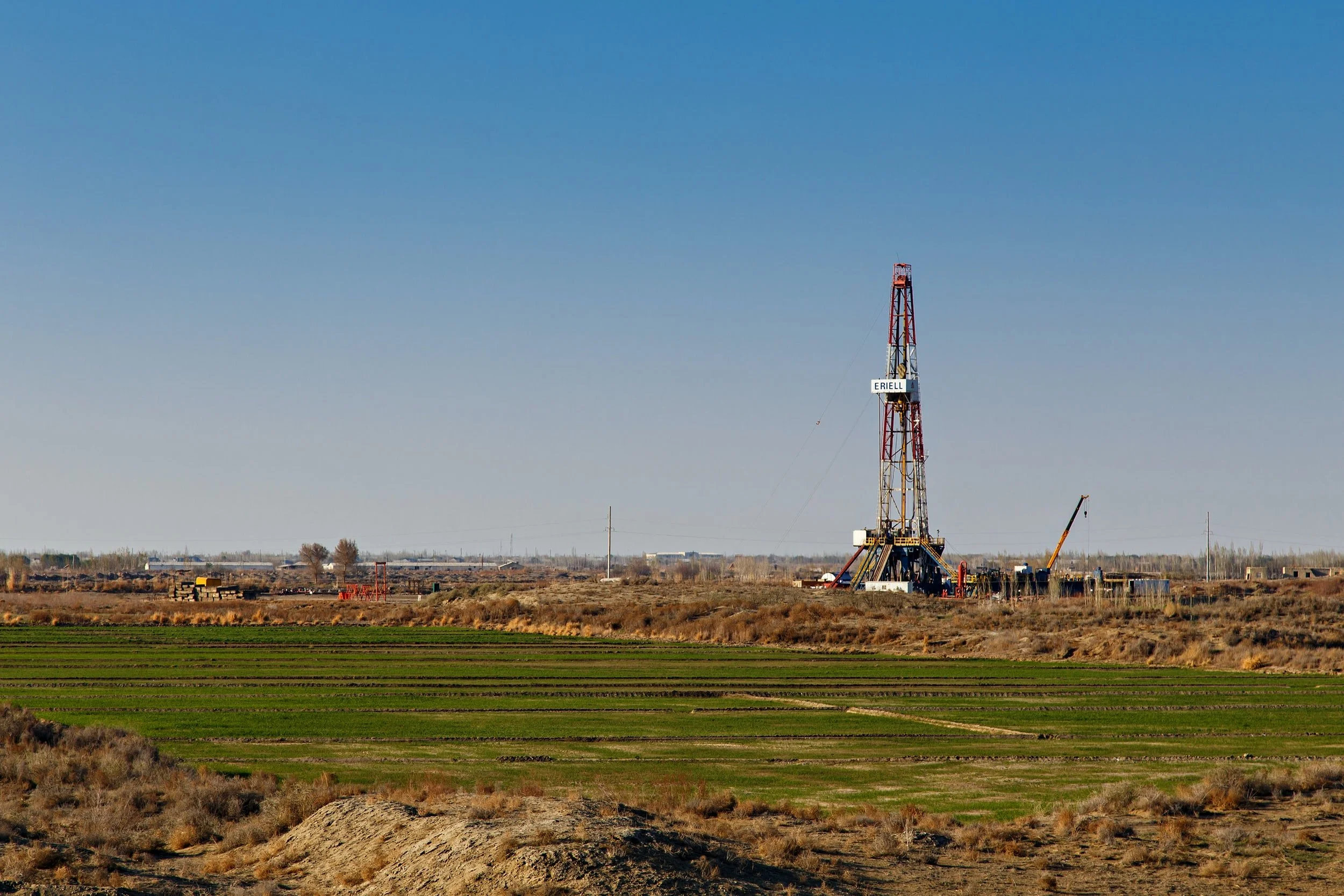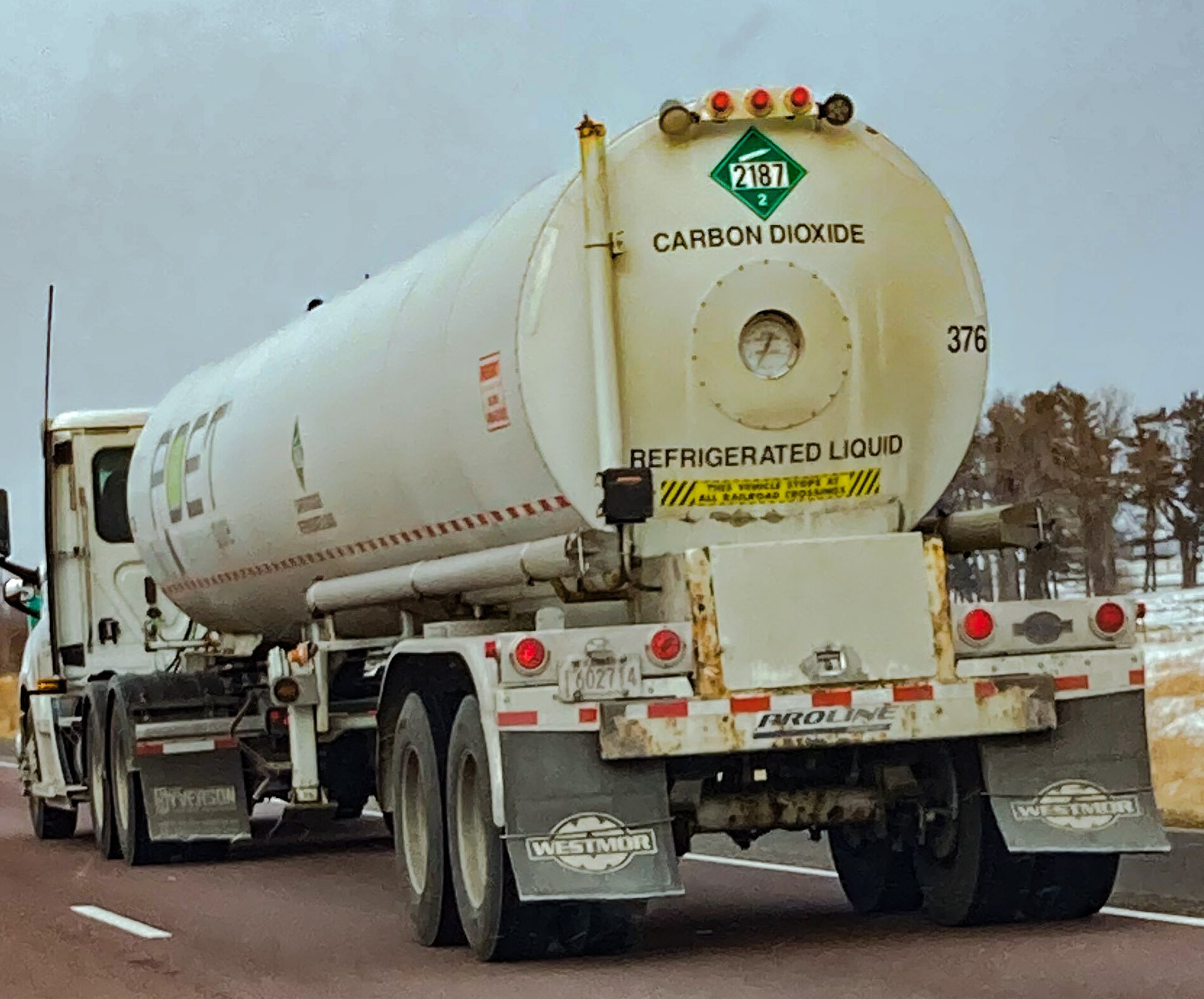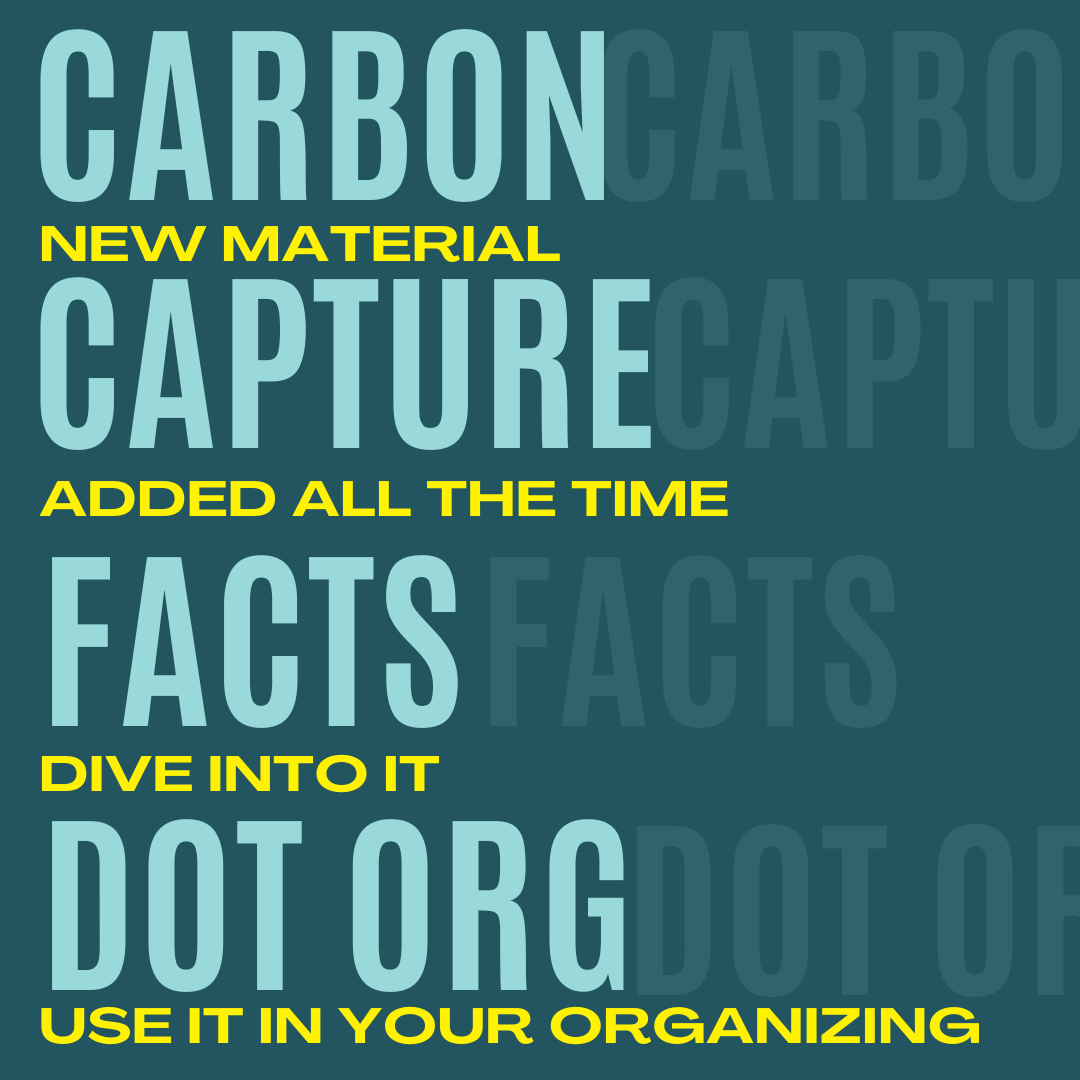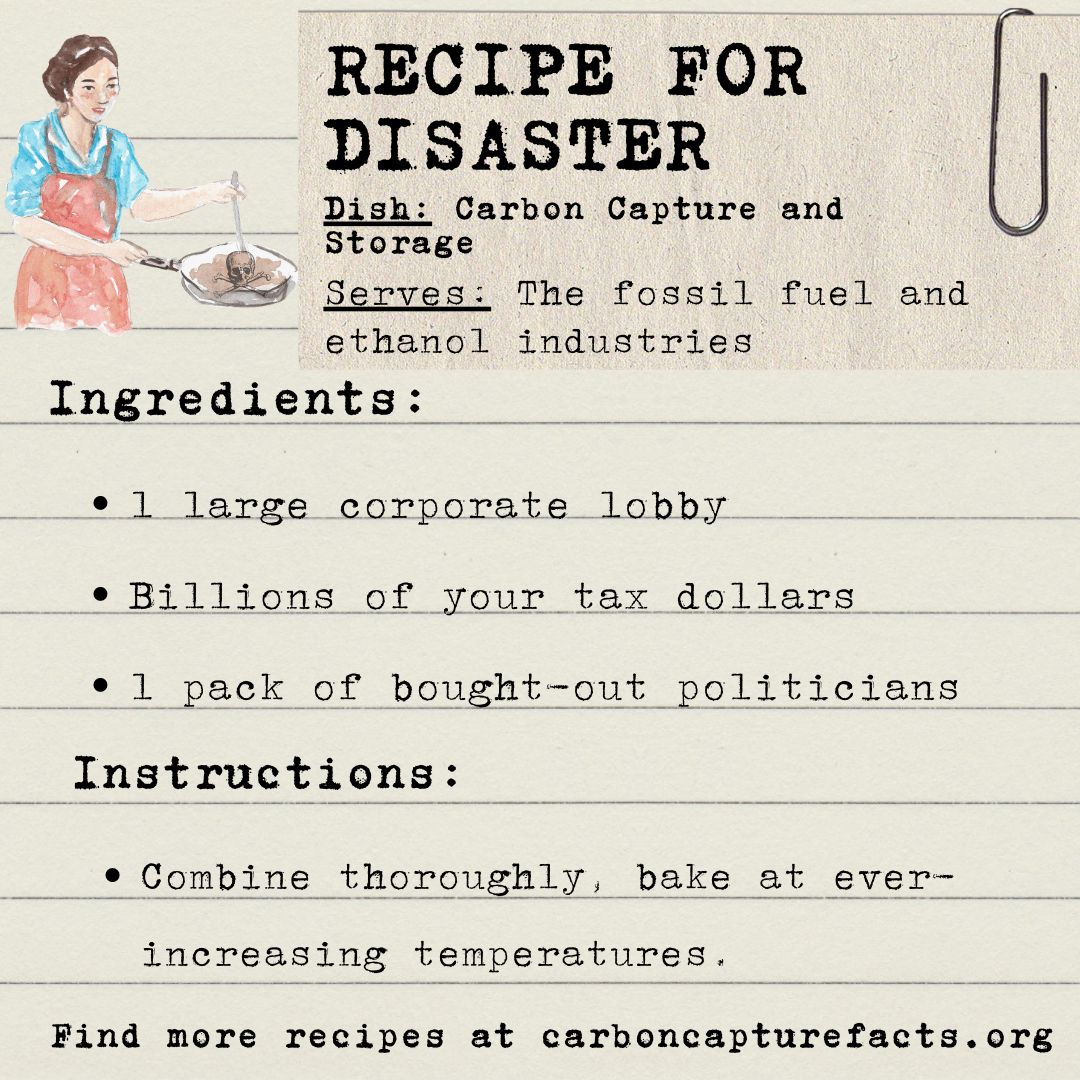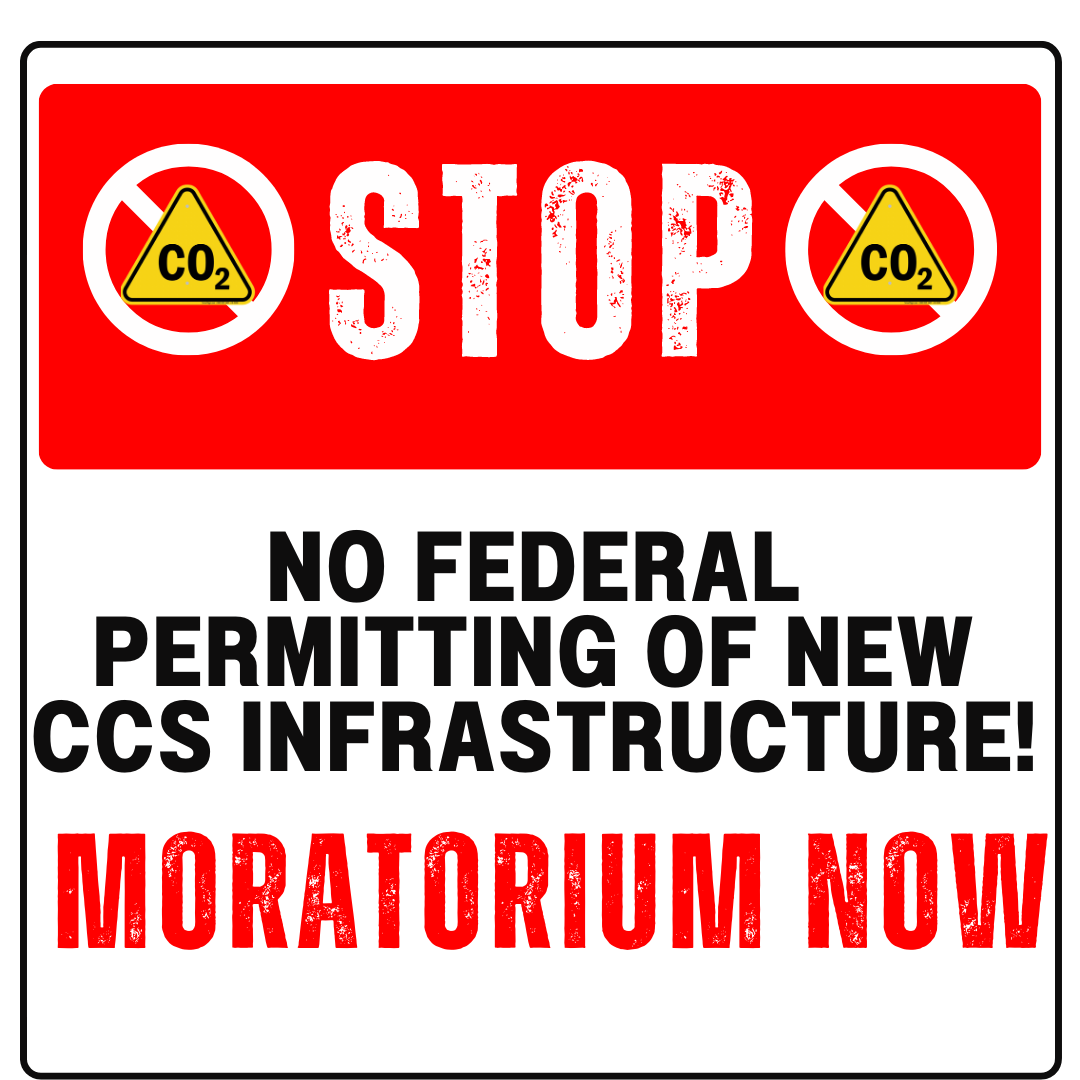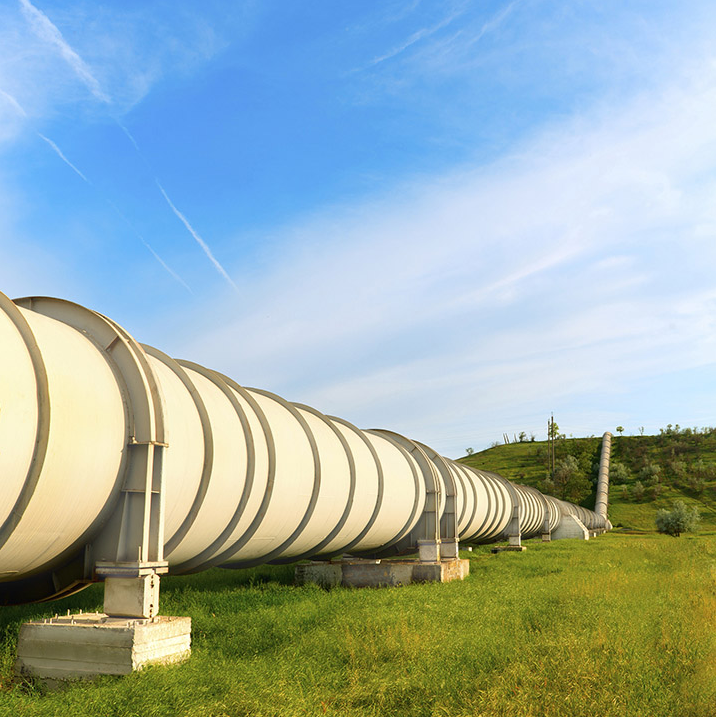
What is Carbon Capture and Storage?
The purpose of this website is to provide an independent perspective on “carbon capture and storage” (CCS). The site provides verifiable facts and peer-reviewed studies, many of which refute misleading information about CCS that is being promoted by pipeline and fossil-fuel corporations and their supporters.
To keep abreast of CCS developments and pipeline news, check out our blog regularly, follow the Pipeline Fighters Hub News and subscribe to Mark Hefflinger’s Extracted Daily.
What is Carbon Capture?
Carbon capture and storage (CCS) is a process in which large, complex machinery is built on to an existing source of carbon dioxide (CO2) emissions. The purpose is to continue burning fossil fuels while capturing some of the carbon dioxide gas that would otherwise be emitted into the atmosphere. Often CCS projects claim they will reduce CO2 emissions by 90 percent when in reality they capture as little as 7 percent. In many cases, they actually increase CO2 emissions, as when captured CO2 is used to increase oil production.
What are Carbon Pipelines?
After the carbon dioxide gas is captured from an emission source, it is pressurized to more than 1000 pounds per square inch, turning it into a dangerous dense-phase (“supercritical”) fluid. Then it is pumped through a long pipeline to a place that has been deemed “suitable” for burying the hazardous waste CO2 deep in the ground, hoping it will stay there forever. Because CO2 is a dangerous hazardous waste, CO2 pipelines pose special dangers to nearby people, livestock, wildlife, and communities.
What is Carbon Use?
“Carbon use” refers to many hypothetical ways to transform captured CO2 into a limited-market product that can be sold. Today the only commercial use for captured CO2 is to pump it into depleted oil fields to flush out more oil; for every ton of CO2 pumped into a depleted oil field, 2 to 5 tons of CO2 are emitted into the atmosphere, which defeats the purpose of capturing the CO2 in the first place. If CO2 were turned into a rock, as when used to manufacture concrete, it could be permanently kept out of the atmosphere. All non-rock uses of CO2 eventually return the original amount of CO2 to the atmosphere, and often more (because of additional CO2 released during the “use” processes). The plain fact is, there is no market (and never can be) for billions of tons of dangerous hazardous waste CO2.
What is Carbon Storage?
“Carbon storage” refers to a 7-step process in which CO2 gas is (1) captured from an emission source, (2) pressurized to more than 1000 pounds per square inch to turn it into a dense-phase fluid, which is then (3) pumped through a long pipeline ending at a place deemed suitable for (4) pumping the CO2 deep into the Earth, where it must be (5) carefully monitored in perpetuity to detect “induced seismicity” (earthquakes), or CO2 leaks to the surface, or unexpected underground movement of CO2 into water supplies, any of which, if detected, must be (6) somehow stopped and then (7) somehow remediated. Both terms, “carbon storage” and “carbon sequestration,” refer to this same process.
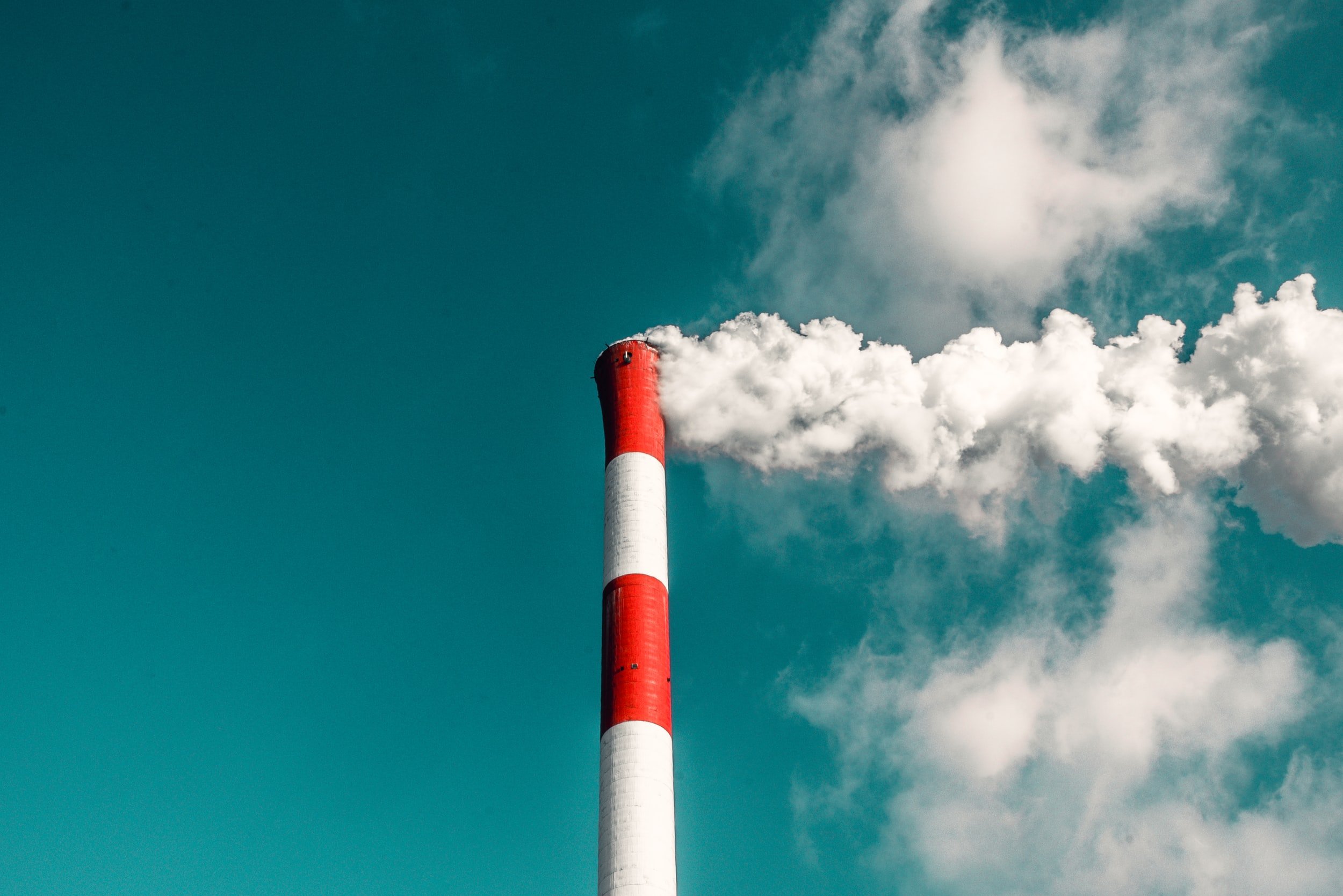
“CCS is an unnecessary, expensive, wasteful diversion away from a modern, efficient renewable-powered economy with good jobs for all.”
— Peter Montague
Have you seen our social media campaign?? Download these graphics and help spread the word about CCS!

